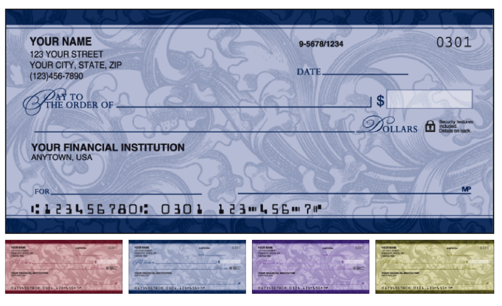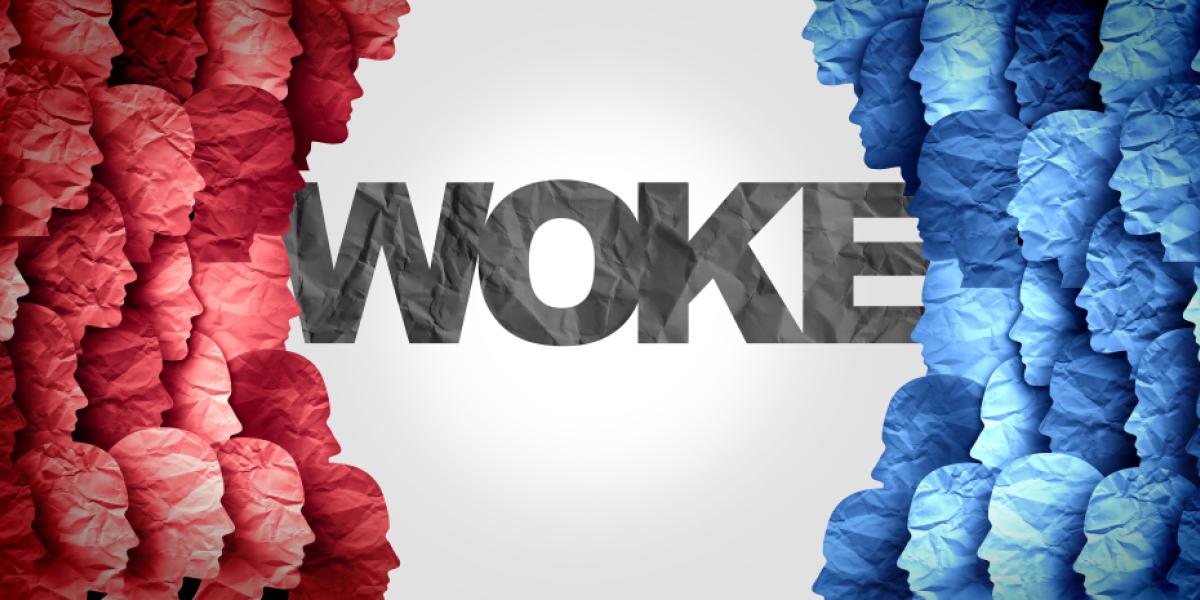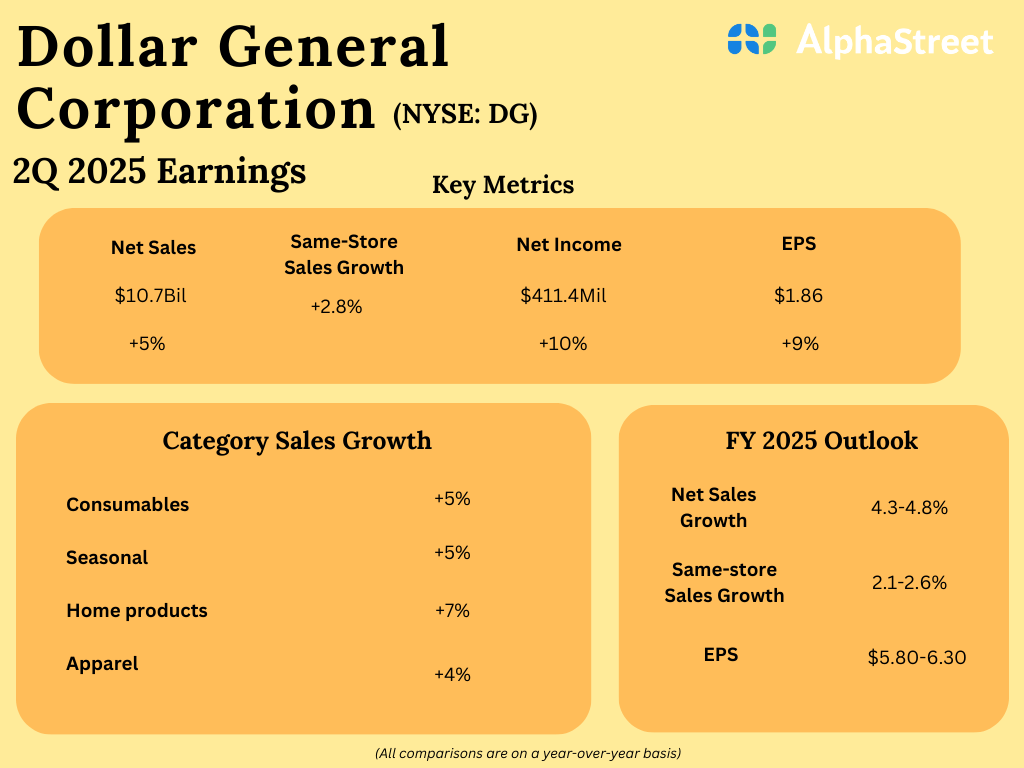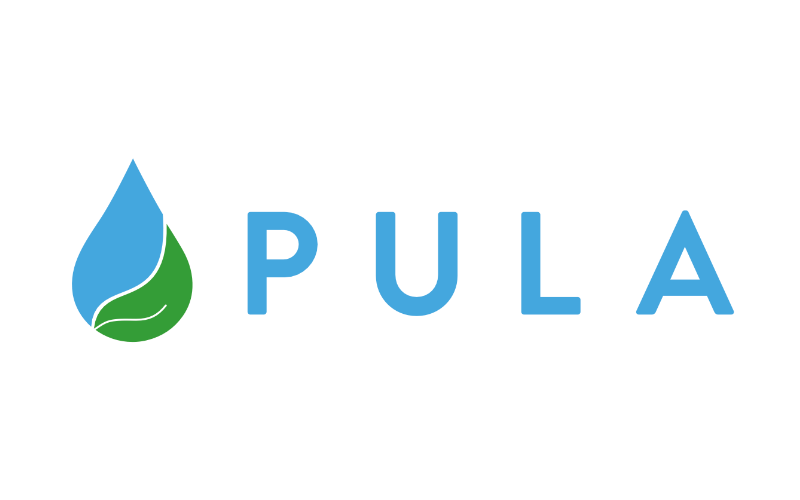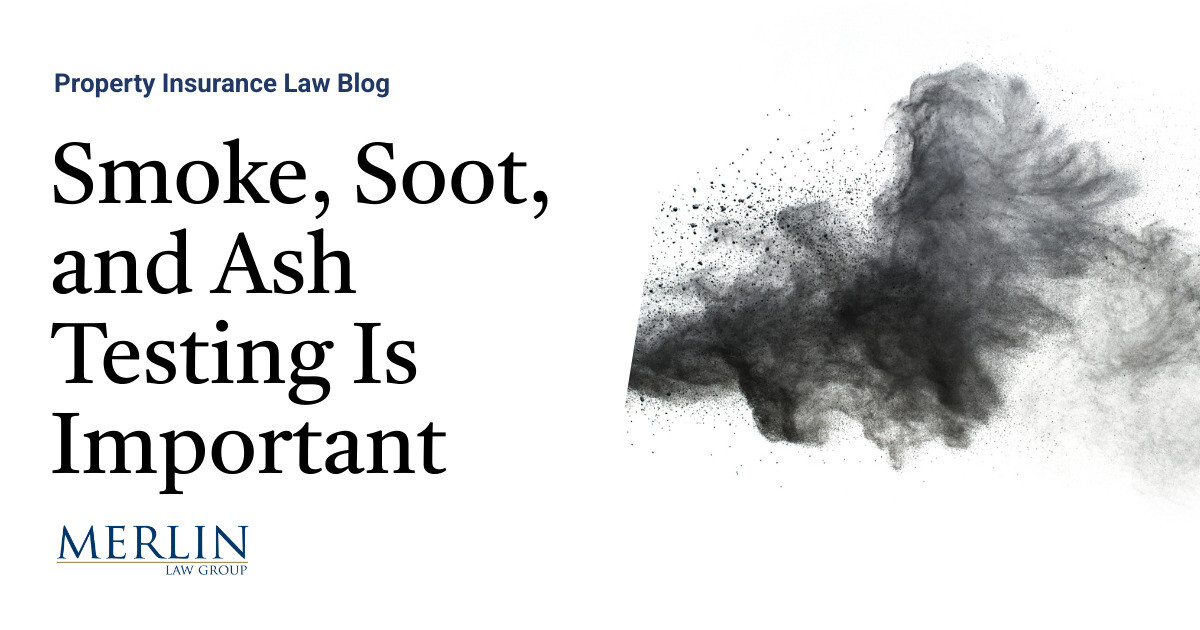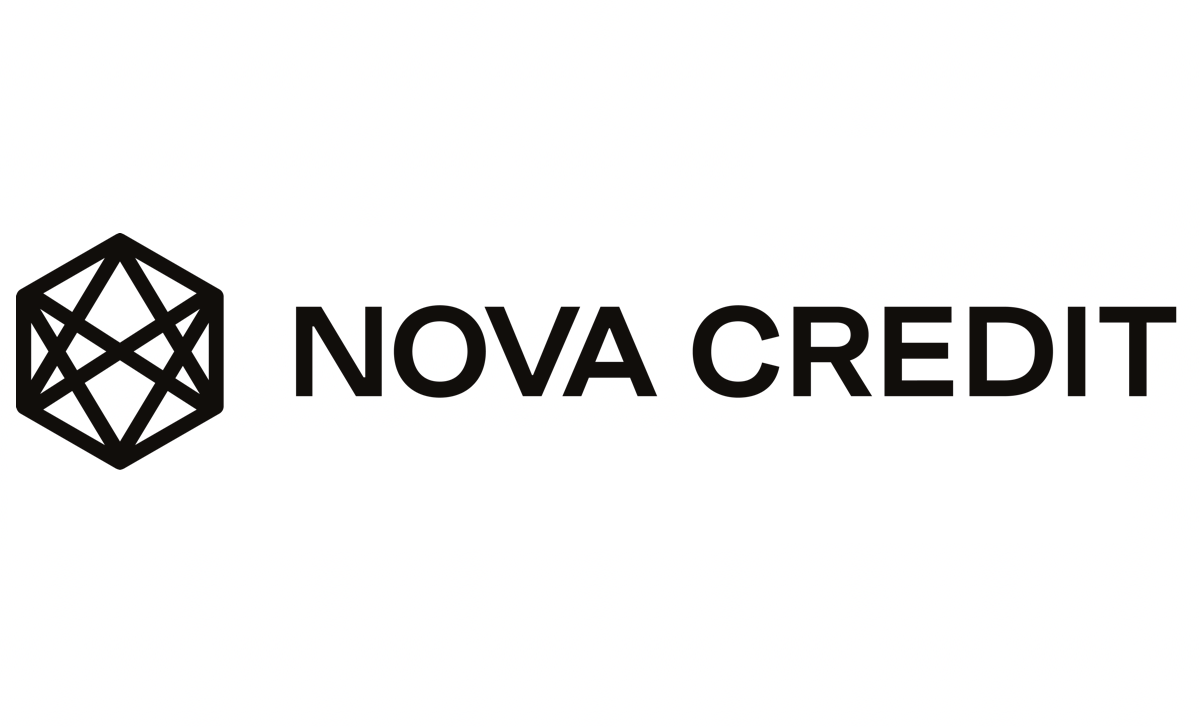A personal loan can help you cover an unexpected expense, spread out a large purchase over time or consolidate debt. However, it may not be the right financing option for every situation.
Evaluate the pros and cons of personal loans in order to determine whether one is right for you.
Compare the pros and cons of personal loans
|
|
Pros of personal loans
Here are some of the benefits of personal loans.
Few restrictions on loan purpose
Unlike mortgages and auto loans, which have specific uses, borrowers can use personal loans for almost anything. You can use a personal loan to make a large purchase, consolidate debt or fund a wedding or vacation.
Spread out a large expense
If you don’t have the money to cover a large expense like a home renovation upfront, a loan can help you pay for it in smaller installments over time. Some lenders provide personal loans up to $50,000 or $100,000.
Consolidate high-interest debt
If you have high-interest credit card debt, you may be able to consolidate it and pay a lower rate with a personal loan. Not only can debt consolidation save you money, rolling your debts into a single loan gives you fewer due dates to remember, simplifying the payoff process.
Predictable payments
Personal loans typically have fixed annual percentage rates, meaning your payment amount stays the same for the life of the loan. A predictable monthly payment is easier to budget for than one that varies.
Fast funding
You can usually get a personal loan within a week of applying. Approval often takes up to a day and some lenders offer same- or next-day funding.
No collateral required
Personal loans are usually unsecured, meaning you don’t risk losing your property if you fail to repay a loan. Some lenders also provide secured personal loans, which may be easier to qualify for or have lower rates.
Rates can be lower than credit cards
Personal loans can have lower APRs than credit cards, especially if you have a high income and credit score. According to the Federal Reserve, the average interest rate on a two-year personal loan from a bank was 12.35% in the fourth quarter of 2023, while the average credit card interest rate was 22.75%.
On-time payments help build credit
Payment history accounts for 35% of your credit score, and reputable lenders report payments to the three major credit bureaus. Consistent, on-time loan payments can benefit your score.
Cons of personal loans
Here are some of the downsides of personal loans.
Borrowers may need strong credit and income
Reputable lenders check loan applicants’ credit scores and histories, proof of income and debt-to-income ratios (DTI). The best rates go to borrowers with high credit scores, high incomes and little existing debt. Though some lenders offer bad-credit personal loans, a score that’s too low, inconsistent income or a high DTI can prevent you from qualifying.
Increase your debt load
A new loan will raise your DTI, which can make it difficult to qualify for future financing, like a mortgage or auto loan.
No continual borrowing
With a personal loan, you get a one-time lump sum of money. If you need more money than the initial amount you borrowed, you’ll have to apply for another loan or find another way to get extra cash.
Lenders may charge origination fees
Some lenders charge origination fees on personal loans. An origination fee is an upfront fee — typically 1% to 10% of the loan amount — that covers the cost of processing your loan.
Lenders often deduct the origination fee from your loan balance, reducing the amount of money you’ll receive. Some lenders add the fee to your balance. Bad-credit and online lenders are more likely to charge origination fees, while most banks and credit unions do not.
Most lenders also charge late payment fees and non-sufficient funds fees.
Rates may be higher than other financing options
It’s important to compare all your financing options before getting a personal loan. Other, potentially cheaper, options include 0% APR credit cards and home equity financing (more on borrowing alternatives below).
Potentially high monthly payments
Depending on how much you borrow and the length of your repayment term, your monthly loan payment could be higher than the minimum payment on a credit card, for example.
If you’ll struggle to make personal loan payments, a credit card may be more affordable month-to-month. However, making only the minimum payment on a credit card means you’ll carry a balance for longer, and likely wind up paying more in interest overall.
Missed payments negatively impact credit
While on-time payments can build your credit, missed payments can hurt it. Most lenders report payments that are more than 30 days late to the credit bureaus, and even one missed payment can drop your credit score significantly.
How to decide if a personal loan is right for you
A personal loan can be a low-interest financing option for good- and excellent-credit borrowers looking to consolidate debt or start a home improvement project. But it may not be the best option if you only qualify for a high rate or if you’d have difficulty making payments.
Here’s how to decide if a personal loan is the right type of financing for your plans.
-
Compare financing options. The best borrowing option is typically the one that costs the least in interest.
-
Compare personal loan lenders. Consider features like loan amount and length of the loan term — in addition to the interest — to determine if the loan works for your needs.
-
Review your budget, accounting for loan payments. Make sure you can comfortably afford to repay your loan. Use a personal loan calculator to estimate monthly payments.
How to get a personal loan
When shopping for a personal loan, it’s a good idea to start by pre-qualifying. This is a quick process that shows you your potential loan amount, rate, repayment term and monthly payment amount. It only requires a soft credit check, so you can compare offers from multiple lenders with no impact to your credit score.
Once you’ve determined the best loan offer, you’ll complete a formal loan application. Your lender may require documents such as pay stubs, tax documents or bank statements to verify your income and other financial information.
Most lenders will complete the loan approval process and disburse funds within a week. If your loan application is not approved, the lender must send you information about why you were denied. You can use this information to improve your odds of getting a loan in the future.
Alternatives to personal loans
If you decide a personal loan isn’t the right choice for you — or if your loan application is denied — consider other borrowing options.
Buy now, pay later apps
Buy now, pay later services, such as Affirm, Afterpay and Klarna, are at-checkout financing options that allow you to break up a purchase into smaller installments that you pay over time, often without interest or fees.
Compare to personal loans: If you’re making a large purchase at a retailer that offers BNPL and you can afford the biweekly payments, using a BNPL app will likely be more affordable than an interest-bearing loan.
Zero-interest credit card
Compare to personal loans: If you can meet the qualification criteria (typically good or excellent credit) and pay the balance before the promotional period ends, you’ll have a shot at interest-free financing. There’s no equivalent with personal loans.
Home equity financing
Home equity loans and lines of credit (HELOCs) typically have low rates and repayment terms of up to 15 or 20 years, but they require your home as collateral, which means you could lose the home if you fall behind on payments.
Compare to personal loans: If you’re a homeowner with enough equity to qualify, this type of financing can cost less than a personal loan. Just make sure you can afford the payments before using your home as collateral.
No-cost alternatives
Family loan: Borrowing money from family or friends can help you bypass strict lending requirements and high interest payments. However, relationships can sour if you don’t pay the loan back on time or in full. Formalize a family loan by drafting and signing an agreement that outlines repayment terms, interest and other loan details.
Financial assistance programs: If you need money to cover essentials like rent, utility bills or food, consider local nonprofits that offer financial assistance programs, often at no cost. Charities might require you to be under a certain income threshold or show proof of need.



